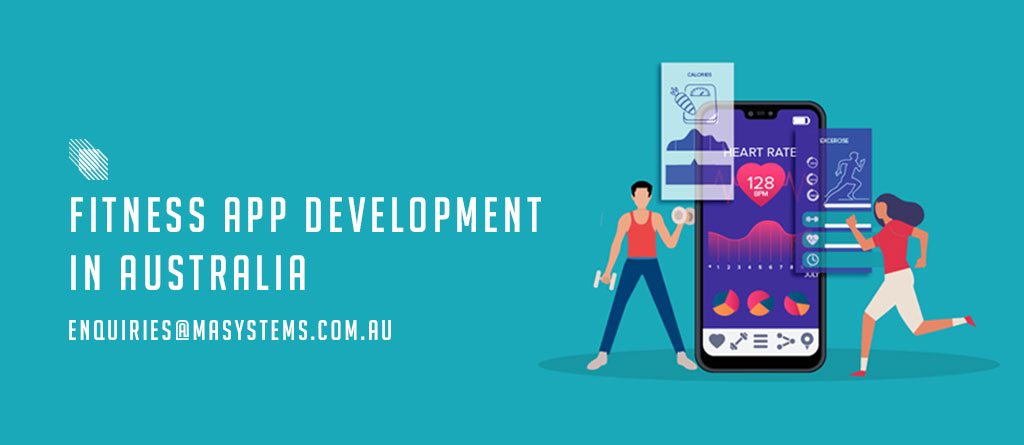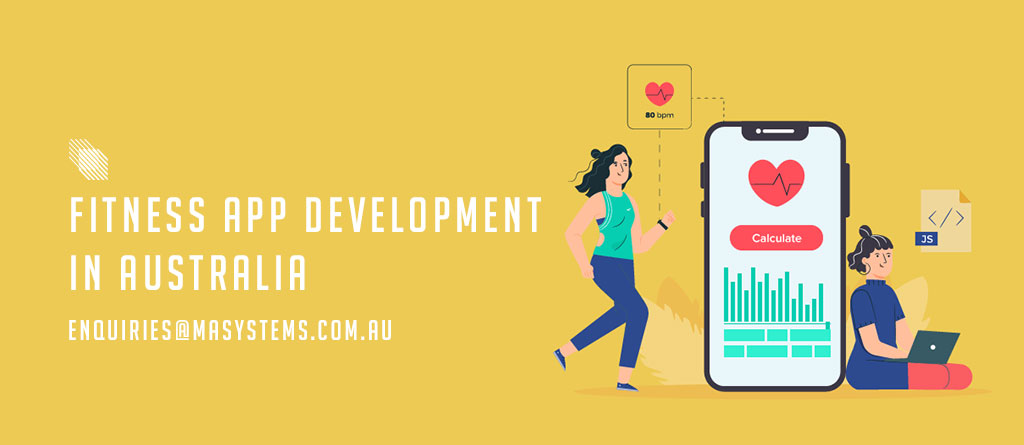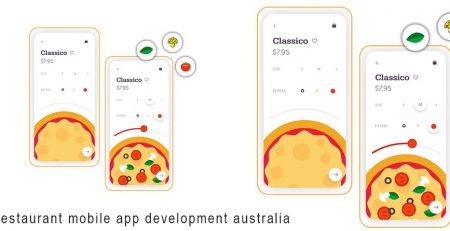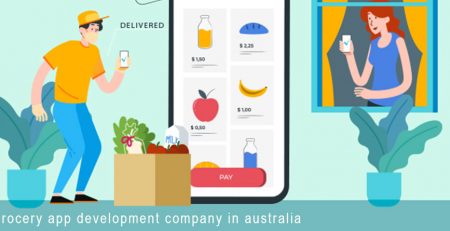Fitness app development in australia
Fitness app development in australia
With the increasing emergence of advanced technologies in the healthcare industry, the app market has experienced a huge surge in fitness apps. The new-found popularity has recorded a 330% rise in the adoption of fitness apps in the last couple of years.
Mobile App Developer australia
The rise of fitness apps
There has been a seismic wave of anxiety and health issues all over the world during the COVID-19 pandemic. People are taking active steps to lead a healthy lifestyle and have been subscribing to paid fitness app memberships on their smartphones worldwide.
As per a Statista report, the revenue in the fitness segment has reached $17,963 million in 2020 and is expected to grow rapidly. Also, it has been observed that users are accessing fitness and health apps at least twice a week and at most 10 times a week.
A new report by Reports and Data states that the global fitness app market is expected to reach USD 14.64 Billion by 2027. With the increasing awareness of health and fitness among people, there has been a significant rise in mobile apps offering features like track workout, heart rate, and burned calories. On top of it, the fitness industry has an anticipated growth of 23% CAGR through the forecast period.
 Types of fitness apps
Types of fitness apps
If you’re planning to create a fitness app, it’s essential to know what type of fitness app you’d like to develop before you start zeroing on the features in the app. In general, there are 3 types of fitness apps available in the market each targeting the unique fitness needs of people.
- Diet and nutrition apps: All diet and nutrition apps let you track your meals and provide a complete breakdown of your daily nutrition so you can make adjustments in your diet as needed and set personal goals to reach your targets. Examples:MyFitnessPal, Lose It!, Waterlogged.
- Activity Tracking apps: There are activity tracking apps specifically designed for walking, running, cycling, jumping, and more. Activity tracking apps display distance traveled, number of steps taken or climbed, and calories that were burned at the end of each activity. Examples: Google Fit, RunKeeper, Nike Run Club
- Workout apps: Workout apps provide specific workout routines and in-house or gym exercises depending on your fitness requirements. These can be personal trainer apps or studio apps with live streaming features. Examples: Sworkit, Freeletics.
Must-have features of fitness apps
Each fitness app is designed to fulfill specific fitness requirements offering unique features for users. However, there are some generic features that every fitness app needs to have.
Let’s take a look at them:
Signup & login
This feature gives users the option to create their personal accounts in the app. Make sure users have multiple options to log in through social networks like Facebook, Twitter, Instagram, etc. or sign up via email.
Personal account
User profile or personal account feature helps you gather essential information about a user such as age, gender, height, weight, and fitness goals.
Workouts
This feature is only relevant to workout apps. Here, you can allow users to create their own workouts or let them choose from existing workout routines. We suggest giving users the option to customize their routines as per their fitness levels and body types.
Target setting
Goal setting is one of the most important features of fitness apps. This feature is helpful for users to visualize their progress and motivates them to work even harder.
Activity tracking
It is connected to the previous point. The user activity tracking feature allows users to see the number of steps made, kilometers run, time taken, and calories burnt during a specific activity.
Wearable integration
Integrating your fitness apps with popular wearables is extremely beneficial. This feature enables users to monitor the steps, heartbeat rate, pulse rate of users in real-time.
Geolocation
It is a must-have feature for walking, running, and cycling apps as it allows users to track the entire distance while doing that activity in the app itself.
Social media integration
This feature allows you to share your workout results on various social media platforms through the app itself. It also boosts brand awareness and ‘word of mouth’ marketing.
Notifications & reminders
Fitness is about consistency. Users look for features that remind them to workout or push hard. Don’t forget to include push notifications and reminders in your fitness app. Beware of sending too many notifications though.
Gamification
Make your app look and feel great with the gamification feature. Let your users compete, get rewards, and compare results with their friends on the app itself for more engagement.
Settings
Here, provide as many options as possible to make the app more customizable and easy to use. Let them make changes, reset targets whenever and however they want.
Summing it up
Now that you know about different types of fitness apps and basic feature-set, start working on your app idea right away. If you have any questions or need consultation for your fitness app, masystems team would love to help you out. Our experts will understand your business needs, target audience, define the best tech stack and platforms to develop a highly functional and interactive fitness app like Fitbit.
Get in touch with us and let’s turn your app idea into a reality, together.
Not sure what to use? Don’t worry, just flick us an email at enquiries@masystems.com.au and we will assist you make the best decision! Remember our consultation service is absolutely free.












Leave a Reply